 |
Sanitation and Hygiene |
0.25 |
This course covers the proper manufacturing practices to ensure good sanitation, how to achieve proper hygiene among personnel, and how to identify sanitation and health problems in the workplace. |
 |
SARS: Protecting Workers |
0.17 |
This course covers how employers should keep their employees safe who are possibly exposed to SARS. This course also discusses general safety measures for workers in industries with the highest risk of coming in contact with SARS. These include healthcare workers, laboratory workers, and airline personnel. |
 |
Saving the Tuatara: Habitat Restoration on Stephens Island, New Zealand |
1.00 |
The Tuatara, a prehistoric reptile from New Zealand, often considered to be a "Living Fossil," is making a comeback. Long extinct from the mainland and now only found on a few islands, the Tuatara is getting help. In this presentation we go to Stephens Island, New Zealand to take part in a 10 day re-vegetation project aimed at providing Tuataras with an ideal habitat for the future. Stephens Island is home to over half of the world's Tuatara population. It is an amazing island, fitting for an amazing creature. |
 |
Scaffold and Ladder Safety Training |
1.00 |
This course covers the importance of ladder and scaffold safety, common hazards when using scaffolding and ladders and how to prevent serious injury. |
 |
Scaffolding Safety |
0.50 |
This course covers the importance of scaffold safety, common hazards when using scaffolding, and how to prevent serious injury. |
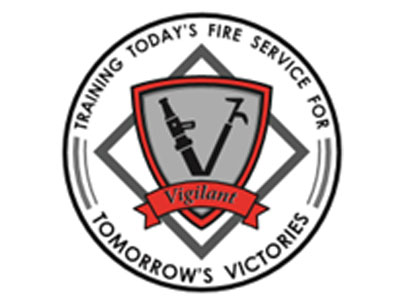 |
SCBA Confidence #1903 (Instructor Guide) |
1.00 |
This is the Instructor Guide for Lesson #1903 SCBA Confidence. This Instructor Guide is intended to prepare a lead instructor to deliver this course curriculum. Included in this guide is a review of lesson content, instructions for conducting the lesson skill activity and all required lesson materials. The lead instructor must pass this instructor guide course with a minimum score of 80% to receive the course materials for this lesson. |
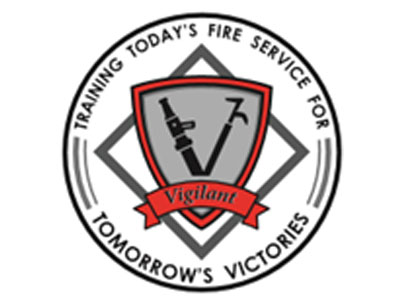 |
SCBA Emergency #1952 (Instructor Guide) |
1.00 |
This is the Instructor Guide for Lesson #1952 SCBA Emergency. This Instructor Guide is intended to prepare a lead instructor to deliver this course curriculum. Included in this guide is a review of lesson content, instructions for conducting the lesson skill activity and all required lesson materials. The lead instructor must pass this instructor guide course with a minimum score of 80% to receive the course materials for this lesson. |
 |
SCBA Review #1951 (Instructor Guide) |
1.00 |
This is the Instructor Guide for Lesson #1951 SCBA Review. This Instructor Guide is intended to prepare a lead instructor to deliver this course curriculum. Included in this guide is a review of lesson content, instructions for conducting the lesson skill activity and all required lesson materials. The lead instructor must pass this instructor guide course with a minimum score of 80% to receive the course materials for this lesson. |
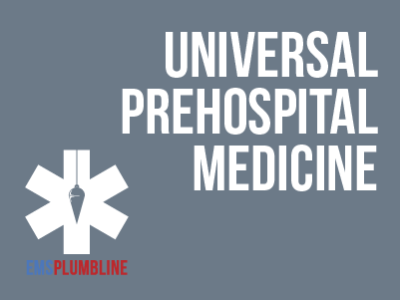 |
Scene Safety Series: Part 1—Emotionally Disturbed Persons |
1.50 |
Emotionally Disturbed Persons (EDPs) is a term that covers a wide range of situations. Although the responses are frequent, some become dangerous. Psychology professor Drew Anderson and Law Enforcement Officer/EMT Instructor James Walker provide expert commentary supported by a cast of experienced prehospital providers. Final Exam: This multiple choice exam is designed to test your knowledge of the material you just reviewed. You have two attempts to gain an 70% or higher on this exam. |
 |
School Violence Prevention and Intervention |
1.00 |
This course covers School Violence Prevention and Intervention. It is just one out of many K-12 courses we offer. This course will help you develop new knowledge about what is considered school violence and how to help prevent it. You will also learn intervention strategies for violent incidents in a school setting and the role of data collection for violence prevention. |
 |
School-Age Care as a Family Service: Emphasis on Planning Opportunities for Family Involvement |
2.00 |
The foundation for getting parents involved in school-age programs is to keep parents well informed about what is happening in the program. Quality programs also provide parents with opportunities to make suggestions and give feedback on program services through suggestion boxes, feedback forms, and surveys. When parents are encouraged to have input in the program, they develop trust and confidence in the program, and feel a sense of pride and ownership. They are more likely to participate as resourceful partners with program staff when they know their ideas are welcome and valued. Finally, because parents are all different from each other, it's important to provide many different opportunities for them to connect with the program. Staff in quality school-age programs recognize that all parents don't have to be involved in the same way. |
 |
School-Age Care as a Family Service: Emphasis on Relationship Building |
2.00 |
Strong, positive, cooperative relationships with parents and families are at the heart of quality school-age programs. Unfortunately, positive relationships with parents and families are not always easy to achieve because parents, like children, have widely varying personalities; some are easier to reach than others. Parents in school-age programs have different ideas, values, concerns, knowledge, pressures, lifestyles, plans, dreams, resources, and constraints. Staff who are successful in building positive relationships begin by recognizing the importance of accepting parents as the most important people in children’s lives, regardless of differences among them. They understand that staff attitudes toward parents can have a strong effect on whether or not staff can establish positive relationships with parents. Staff in quality programs make a commitment to learning as much as possible about parents’ needs, interests, wants, and concerns and develop effective strategies for making positive connections with parents. |
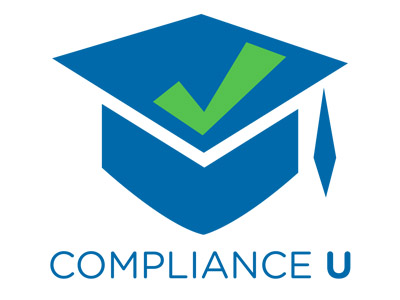 |
School-Age Health Guidelines to Promote Healthy Eating and Physical Activity |
0.34 |
At the end of this course, participants will be able to define the terms overweight and obesity, know health consequences of childhood obesity, and explain the purpose of CDC’s School Health Guidelines to Promote Healthy Eating and Physical Activity. They will also identify at least two healthy eating and two physical activity policies or practices that can be implemented in schools to address obesity. Participants will also be able to create guidelines to address problems in their area as well as find stakeholders that need to be informed of the guidelines.
|
 |
SDZWA Animal Fact Sheets & Research Guides |
0.00 |
This course provides instructions on how to access this new resource and a tutorial on navigating the SDZWA Animal Fact Sheets & Research Guides websites. |
 |
Searching Online |
0.75 |
This course covers the fundamentals of searching online. From using basic features, such as the homepage and address bar, to using "advanced search" to find very specific information, this course will cover it all. |
 |
Selecting and Implementing Curriculum to Support Learning (CDA 5 & 7) |
2.00 |
This course dives into the heart of early childhood program development, empowering you to select engaging activities, courses, and resources. Explore key factors to consider and unlock effective implementation strategies that nurture your children's learning and skill development. Watch their curiosity blossom as you create a dynamic curriculum tailored to their unique needs and interests. |
 |
Sepsis - What's new in caring for these patients? |
0.75 |
A comprehensive update provided for an intended audience of prehospital care providers. This update introduces new definitions for sepsis and septic shock, reviews sepsis epidemiology, pathophysiology, disease morbidity and mortality, and prehospital treatments. |
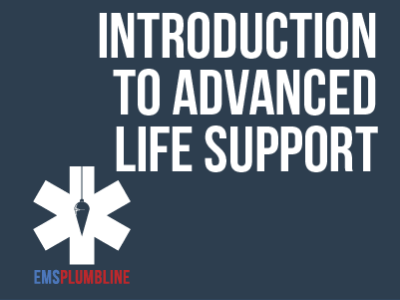 |
Sepsis for Paramedics, Part 3—Conclusions to Consider |
1.00 |
In this final segment, Paramedic Hoskins does an excellent job of closing the discussion. The two medical directors are encouraged to give advice and you will want to hear what they have to say. Final Exam: This multiple choice exam is designed to test your knowledge of the material you just reviewed. You have two attempts to gain an 80% or higher on this exam. Please take your time and answer each question carefully. |
 |
Serving Nutritious Meals and Snacks Using CACFP Meal Patterns (CDA 1) |
2.00 |
This course covers recently revised CACFP (Child and Adult Care Food Program) meal pattern changes. Participants will learn how to identify whole grain-rich products and low-sugar yogurts through label reading, practice planning infant meals and snacks utilizing the new meal pattern requirements and brainstorm nutritious substitutions for grain-based desserts as part of a CACFP reimbursable breakfast or snack. This course is designed to be part of a Child Development Associate (CDA) Credential™ curriculum. It covers CDA Subject Area 1: Planning a Safe, Healthy Environment to Invite Learning. This course can also be taken as a stand-alone learning event, or as part of a broader early childhood education curriculum.
|
 |
Serving on an Interview Committee |
1.50 |
This course covers what serving on an interview committee entails. A successful interview committee requires well-prepared and confident members. This course aims to equip you with the knowledge, skills, and confidence to become a valuable asset to any interview team and contribute to successful candidate selection. |
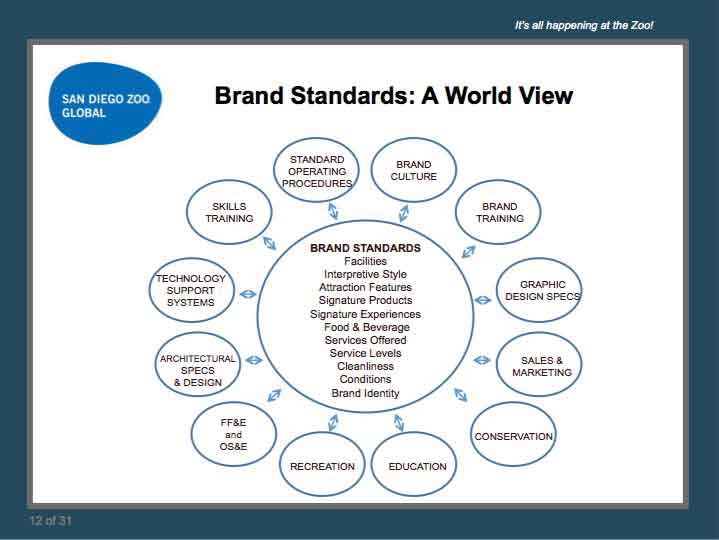 |
Setting & Maintaining Brand Standards: Guest Feedback & Survey Tools |
1.00 |
Before an organization can hold itself accountable it needs to develop standards based on its brand. These Brand Standards then become the tool against what actual performance is measured. Brand Standards contain policies that run organizational wide down to specific department procedures. Once the standards have been researched for organizational policies that are "as is"; they can then be documented, reviewed, adjusted, etc., and then put into a document which reflects the current operation and expectations of the organization.
To maintain the standards, there are numerous processes that can be implemented to ensure compliance. Feedback from guests is the most important method of gathering information from large numbers of people who visit. Kiosk survey systems can be placed near the exit, or throughout the experience. Other online survey systems can also be implemented. For specific areas of concern, such as high value premium experiences, a more detailed survey can also be developed. Responses can be either online or based on an e-mail response system.
Other methods also need to be in place to gather feedback in an organized fashion. Examples are a web based feedback system from the organizations web site or a more personal approach where a guest will visit with a Guest Relations Ambassador to voice their concerns. A system also needs to be in place to capture information on a consistent basis from guests who phone in commentary on their visit or experiences.
A further approach to maintaining the Brand Standards is to put into place a Mystery Shop program which is an organized process of testing the standards by someone who is specifically looking at the standards during a non-scheduled surprise visit. Finally, to keep the standards up, it's critical to conduct regular customer service training through a variety of methods that will be discussed. |
 |
Seven Secrets to Public Speaking |
1.00 |
Need to give a presentation, update or briefing? Whether you present to 5, 50, or 500 – and for 5 minutes or 50 minutes - you will be able to apply these skills. This session offers easy-to-use strategies and techniques! You will discover methods to:
Organize your presentation
Focus on your main points
Establish and hold rapport
Connect with listeners
Generate the desired result
|
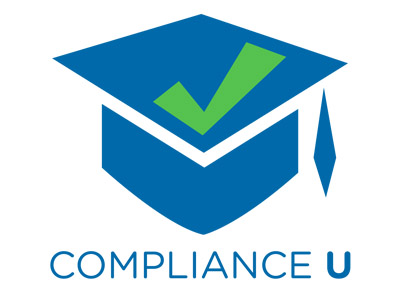 |
Sexual Harassment Prevention for Employees |
1.00 |
This course will provide you with an overview - defining sexual harassment and general harassment, giving examples of prohibited behaviors, explain the responsibilities of you and your organization and teach you about liability. |
 |
Sexual Harassment Prevention for Employees (Corrections) |
1.00 |
This course will provide you with an overview - defining sexual harassment and general harassment, giving examples of prohibited behaviors, explain the responsibilities of you and your organization and teach you about liability. |
 |
Sexual Harassment Prevention: Defining Sexual Harassment |
0.25 |
The learning objectives for this course are to avoid sexually harassing behavior and realize the cost of sexual harassment to an organization and to identify the psychological, health-related, and career-related effects of sexual harassment. |


























